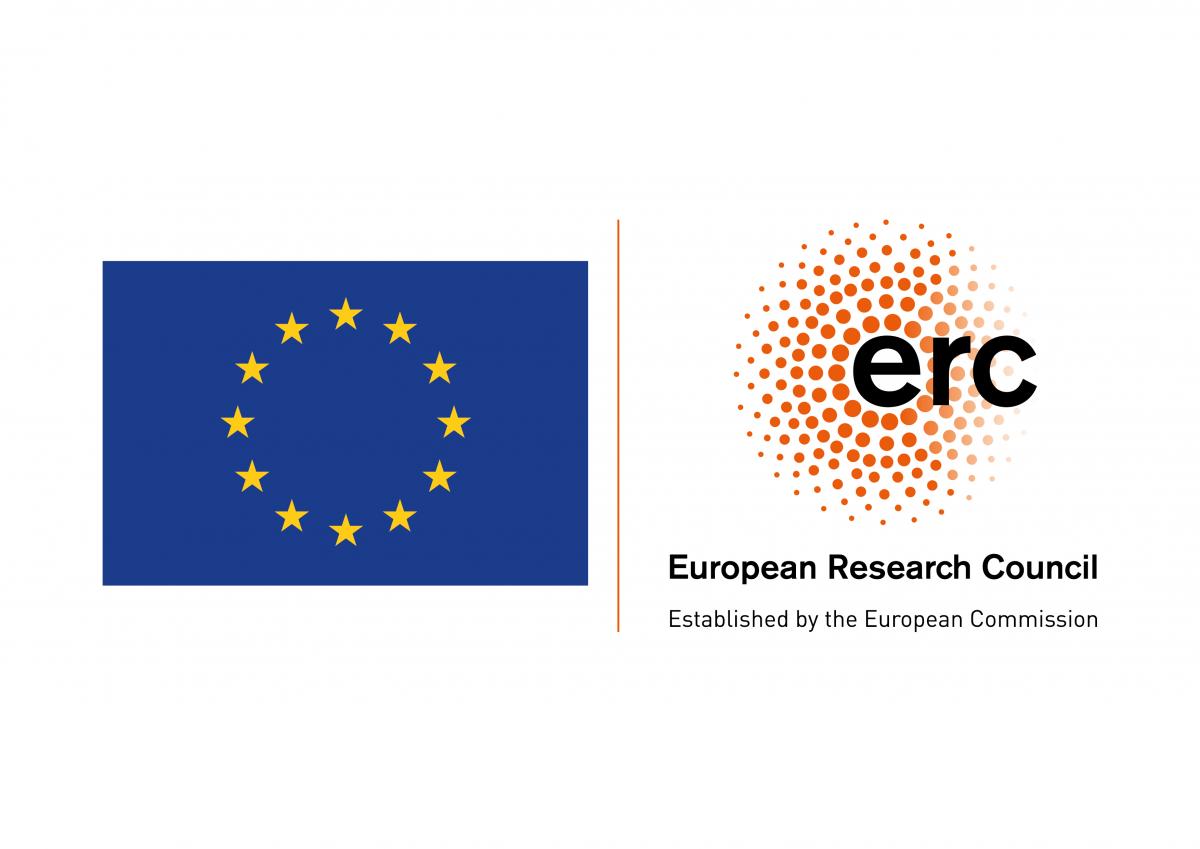Despite strong indications that interactions between melanoma and lymphatic vessels actively promote melanoma progression, the molecular mechanisms are not yet completely understood. To characterize molecular factors of this crosstalk, we established human primary lymphatic endothelial cell (LEC) cocultures with human melanoma cell lines. Here, we show that coculture with melanoma cells induced transcriptomic changes in LECs and led to multiple changes in their function. WNT5B, a paracrine signaling molecule upregulated in melanoma cells upon LEC interaction, was found to contribute to the functional changes in LECs. Moreover, WNT5B transcription was regulated by Notch3 in melanoma cells following the coculture with LECs, and Notch3 and WNT5B were coexpressed in melanoma patient primary tumor and metastasis samples. Moreover, melanoma cells derived from LEC coculture escaped efficiently from the primary site to the proximal tumor-draining lymph nodes, which was impaired upon WNT5B depletion. This supported the role of WNT5B in promoting the metastatic potential of melanoma cells through its effects on LECs. Finally, DLL4, a Notch ligand expressed in LECs, was identified as an upstream inducer of the Notch3/WNT5B axis in melanoma. This study elucidated WNT5B as a key molecular factor mediating bidirectional crosstalk between melanoma cells and lymphatic endothelium and promoting melanoma metastasis.
| Originalspråk | Engelska |
|---|
| Artikelnummer | e171821 |
|---|
| Antal sidor | 21 |
|---|
| Tidskrift | JCI Insight |
|---|
| Volym | 9 |
|---|
| Nummer | 1 |
|---|
| DOI | |
|---|
| Status | Publicerad - 9 jan. 2024 |
|---|
| MoE-publikationstyp | A1 Tidskriftsartikel-refererad |
|---|
We thank Nadezhda Zinovkina, Julia Härme, and Noora Andersson for excellent technical assistance. The FIMM Institute for Molecular Medicine, Finland, is acknowledged for performing scRNA-seq. The Biomedicum Imaging Unit and Genome Biology Unit, University of Helsinki, provided expert imaging services. We are grateful to the HiLife Flow Cytometry Unit, University of Helsinki, for flow cytometry services. We thank the HiLIFE Laboratory Animal Centre Core Facility, University of Helsinki, Finland, for support in mouse work. We are grateful to Timo Otonkoski (Research Programs Unit, University of Helsinki, Helsinki, Finland) for providing mice for our studies. We are grateful to Jenni Lahtela and FIMM, University of Helsinki, Finland, for the scRNA-seq services. We thank Cecilia Sahlgren (Åbo Akademi, Turku, Finland) for advice and reagents on experiments using the Notch ligands. This study was supported by the Finnish Cancer Foundation (to PMO) and Sigrid Juselius Foundation (to PMO). SA was supported by the Doctoral Programme in Bio-medicine, University of Helsinki and fellowships from the Instrumentarium Science Foundation, Finnish Cultural Foundation, Magnus Ehrnrooth Foundation, K. Albin Johansson Foundation, and Cancer Foundation Finland. JJ was supported by fellowships from the Finnish Cultural foundation, Emil Aaltonen Foundation, and Magnus Ehrnrooth Foundation. PS was supported by the European Research Council (ERC) under the EU Horizon 2020 research and innovation programme (grant agreement 773076), Sigrid Jusélius Foundation, Cancer Foundation Finland, and Academy of Finland (grant 346134). MHL was supported by Nylands Nation. SK was supported by the Academy of Finland (grants 330053 and 336126). KV was supported by the Academy of Finland (grant 315710), Sigrid Juselius foundation, and Wihuri Research Institute. These additional funders had no role in the study design, data collection, interpretation, or decision to submit the work for publication. Open access was funded by the Helsinki University Library.
We thank Nadezhda Zinovkina, Julia Härme, and Noora Andersson for excellent technical assistance. The FIMM Institute for Molecular Medicine, Finland, is acknowledged for performing scRNA-seq. The Biomedi-cum Imaging Unit and Genome Biology Unit, University of Helsinki, provided expert imaging services. We are grateful to the HiLife Flow Cytometry Unit, University of Helsinki, for flow cytometry services. We thank the HiLIFE Laboratory Animal Centre Core Facility, University of Helsinki, Finland, for support in mouse work. We are grateful to Timo Otonkoski (Research Programs Unit, University of Helsinki, Helsinki, Finland) for providing mice for our studies. We are grateful to Jenni Lahtela and FIMM, University of Helsinki, Finland, for the scRNA-seq services. We thank Cecilia Sahlgren (Åbo Akademi, Turku, Finland) for advice and reagents on experiments using the Notch ligands. This study was supported by the Finnish Cancer Foundation (to PMO) and Sigrid Juselius Foundation (to PMO). SA was supported by the Doctoral Programme in Biomedicine, University of Helsinki and fellowships from the Instrumentarium Science Foundation, Finnish Cultural Foundation, Magnus Ehrnrooth Foundation, K. Albin Johansson Foundation, and Cancer Foundation Finland. JJ was supported by fellowships from the Finnish Cultural foundation, Emil Aaltonen Foundation, and Magnus Ehrnrooth Foundation. PS was supported by the European Research Council (ERC) under the EU Horizon 2020 research and innovation programme (grant agreement 773076), Sigrid Jusélius Foundation, Cancer Foundation Finland, and Academy of Finland (grant 346134). MHL was supported by Nylands Nation. SK was supported by the Academy of Finland (grants 330053 and 336126). KV was supported by the Academy of Finland (grant 315710), Sigrid Juselius foundation, and Wihuri Research Institute. These additional funders had no role in the study design, data collection, interpretation, or decision to submit the work for publication. Open access was funded by the Helsinki University Library.
- Cancer
- Vascular Biology
- Melanoma
- Lymph
- Cell Biology

